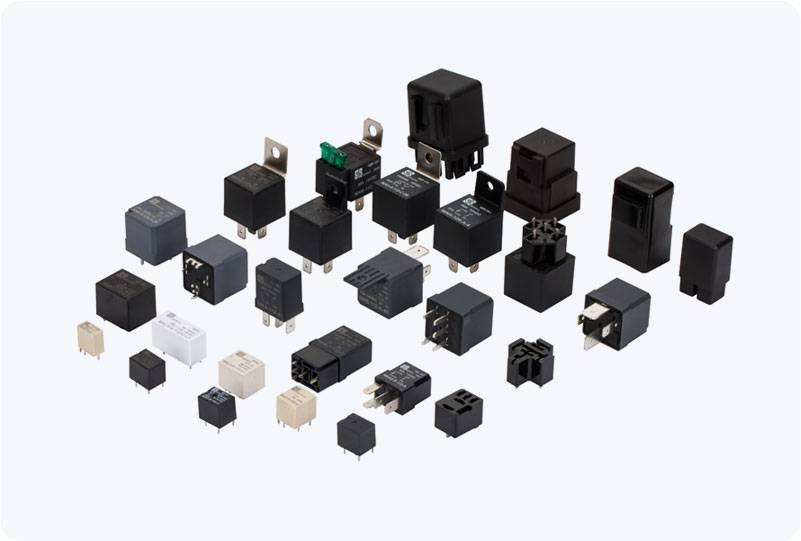understanding time delay relay: applications and benefits
Release time:2025-04-27 10:42:49
A Time Delay Relay (TDR) is an essential component in various electrical and electronic systems, providing control over circuits by delaying actions or operations for a set period of time. These relays are commonly used to manage operations that require a delay, such as turning on or off devices after a certain time interval. They play a crucial role in ensuring that systems operate in a timely and controlled manner, which is especially important in industries where precise coordination is vital. This article will delve into the workings, applications, and benefits of Time Delay Relays, offering a comprehensive understanding of this valuable electrical component.

What is a Time Delay Relay?
At its core, a Time Delay Relay is a device designed to control the timing of an electrical circuit's activation or deactivation. A relay is an electrically operated switch, and when combined with a time delay mechanism, it introduces a delay between receiving an input signal and executing the desired output action. The delay is typically adjustable, allowing users to set the time duration before the relay either makes or breaks the connection. These relays are available in various forms, including mechanical, solid-state, and digital versions, each offering unique features suited to different applications.

